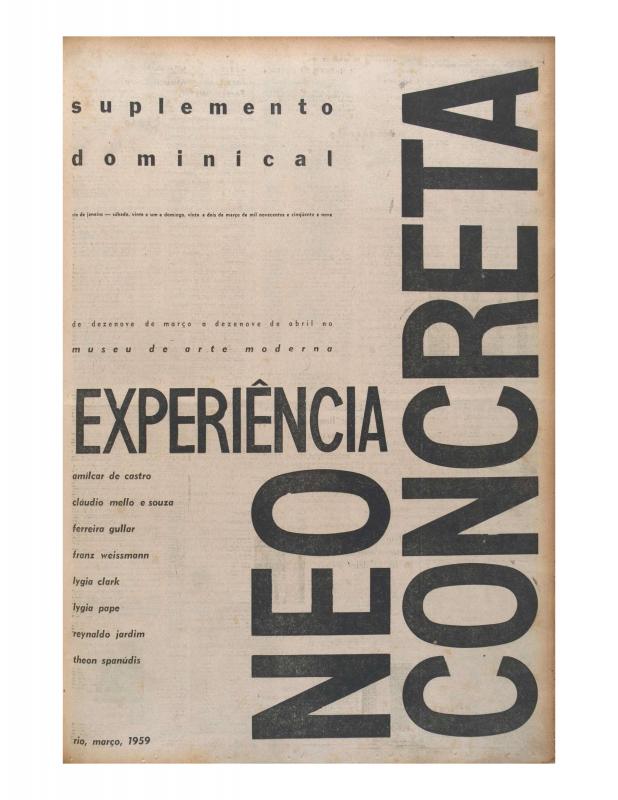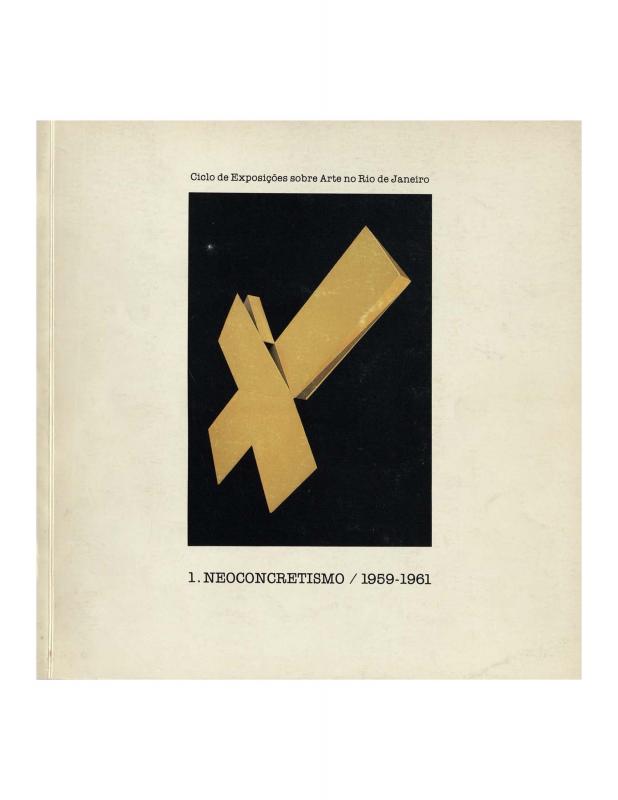The Austrian-Brazilian artist Franz Weissmann (1911–2005) arrived in Brazil when he was just eleven years old and enrolled at the Escola de Belas Artes in Rio de Janeiro. In the 1940s he was teaching drawing and sculpture classes in Belo Horizonte when the painter Alberto (da Veiga) Guignard (1896–1962) invited him to teach at what came to be known as the Escola Guignard, the first modern art school in the city. Bit by bit, beginning in the 1950s, Weissmann added constructive principles and geometric forms to his works; he joined the Grupo Frente (led by Ivan Serpa) in 1955. The following year, as Gullar recalls, Weissmann went back to Rio de Janeiro, where he took part in the Exposição Nacional de Arte Concreta in 1957. The sculptor and the author were among the founders of the Neo-Concrete group. After living in Paris from 1961 to 1965, Weissmann returned to Rio. When he died, at ninety-three years of age, he was one of the last surviving members of the Neo-Concrete movement.
The critic (José Ribamar) Ferreira Gullar (1930–2016) agreed with the Neo-Concrete group’s basic principles. After his essay “Teoría del No-objeto” [see the ICAA Digital Archive (doc. no. 1091374)] appeared in the Sunday Supplement of the Jornal do Brasil (December 19–20, 1959), he became the movement’s theorist. This essay was published on July 18, 1959, in the Rio de Janeiro newspaper where the author was a regular contributor.
[For some of Ferreira Gullar’s most important texts, see: “Manifesto Neoconcreto” (doc. no. 1110328); “Do quadro ao não-objeto” (doc. no. 1091272); “Cor e estrutura-cor” (doc. no. 1091219); “A poesia neoconcreta” (doc. no. 1315256); “Arte neoconcreta: uma experiência radical” (doc. no. 1315414); “Arte Concreta” (doc. no. 1315020); and “Da arte concreta à arte neoconcreta” (doc. no. 1315036), among others.]







